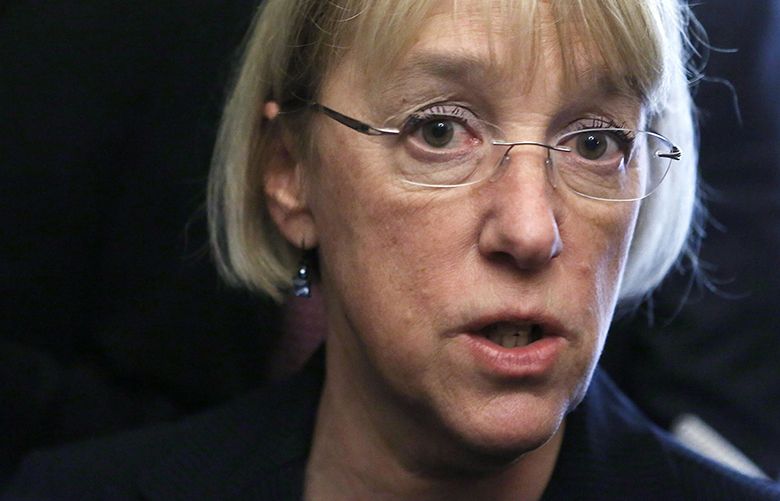Table Of Content

No, however, you need to have artistic talent, creative thinking about design, and passion. Front-End Web Developers also work on the client-side of a website, but with more of a focus on the code. Sometimes, a Front-End Web Developer might simply implement what Web Designers have designed. These communities allow you to interact with other designers, showcase your work, and get inspiration. Be sure to research and compare courses to find the one that meets your needs and learning style. Specializing in these areas can help increase job opportunities and earning potential within the industry.
Utilizing Online Resources
It’s not uncommon for designers to hit a wall when trying to come up with fresh ideas or innovative designs. Balancing creativity with practicality often becomes a tricky tightrope walk, as client needs can sometimes stifle a designer’s artistic expression. Lastly, staying updated with ever-evolving technology and trends places continuous demand on students’ adaptability and commitment to lifelong learning.
What does a career in graphic design look like?

Ex-graphic designers can present research results in a way that makes stakeholders sit up and really take notice. Graphic design skills are often thought of as optional in UX research, but it would be hard to deny the impact of well-presented beautiful findings. If you do make the change, you’ll need to balance your tendency to make things gorgeous with the need for moving your design projects forward.
Studying Design Principles And Techniques
Get expert-led graphic design training for only $40 - Popular Science
Get expert-led graphic design training for only $40.
Posted: Sun, 01 May 2022 07:00:00 GMT [source]
It can be extremely satisfying to work with a client from the start of a project and end up delivering a powerful visual concept. In addition, you will likely be able to work from home and will have a lot of variety in your work. Once you understand the basics, the next main hurdle is learning to master the common tools and softwares used in the industry.
Skills Needed For A Successful Graphic Design Career
With the rise of the internet, you can easily find free resources to teach yourself graphic design. There are countless tutorials and articles available online, as well as free software such as GIMP, that you can use to get started. Now that you know about the different types of graphic design careers, you may wonder which one is right for you. The best way to decide is to consider your interests, skills, and experience. It would be best if you began learning design ideas and when to apply graphics tools and the fundamental formats such as icons, logos, badges, business cards, or flyers. Instead of using verbal material, you utilize visual content to communicate with consumers.
Practice applying your new skills
All the courses we’ve highlighted below should address this need to a greater extent. Graphic designers already speak the language of design; they just need to brush up their skills to include those that are unique to UX design. Artistic graphic design encompasses the creation of visual elements using typography, images, and colors to effectively convey a message or provide a solution to a problem. It encompasses various disciplines like layout design, logo design, and branding.
Is Graphic Design Hard? Designers Dish on the Most Difficult Aspects of the Job
We also think that General Assembly has a great reputation for providing immersive classroom training for UX design. Once again, it’s not cheap but that is always going to be true of professional classroom training. They are, however, available only at select locations, and you’ll need to factor travel and living expenses into the total cost, in case you don’t live nearby.
Web Designer
Why core graphic design skills are no longer enough - Creative Boom
Why core graphic design skills are no longer enough.
Posted: Tue, 11 May 2021 07:00:00 GMT [source]
Graphic design can be a rewarding career with a variety of tasks, salary, and job opportunities. This guide outlines why graphic design is a good career choice, determine whether this path is right for you. But a Graphic Designer could potentially work with many other levels of an organization. Graphic Designers tend to have a variety of career paths given the breadth of applications for visual design skills.
How Do You Transition From Graphic Design to UX and UI Design?
You can start by exploring graphic design books and online resources to get an understanding of the fundamental concepts. From there, you can experiment with design software and practice on your own projects to hone your skills. While mastering the software is important, it’s not everything; a good designer must also have strong visual communication skills and problem-solving abilities.
Graphic design is a constantly growing field with high demand for skilled professionals. In recent years, companies have become increasingly aware of the importance of good design in their branding and marketing strategies. Whether you are self-taught or seeking formal education, the key to success is continuous learning and development.

Graphic design is a creative process that combines art and technology to communicate ideas. It involves the use of visual elements to create layouts, designs, and illustrations for various applications such as websites, branding, advertising, and print media. A graphic designer’s toolkit often includes typography, imagery, color palettes, and design software like Adobe Creative Suite. Graphic design and visual design are often used interchangeably, but there is a subtle difference between the two. Both graphic and visual designers rely on design principles and knowledge of color theory, typography and layout to create effective and engaging designs. Graphic designers primarily focus on communication (for example, logos and advertisements) while visual designers focus on product experience (for example, the user interfaces of websites and applications).
You’ll also learn why visual design is so important, how history influences the present, and practical applications to improve your own work. These insights will help you to achieve the best possible user experience. Graphic design can be challenging, requiring creativity, attention to detail, and technical knowledge.
Next is the feel, which is really about developing products that are “a joy to use”. That is, whether you’re interacting with them or reacting to them, products should provide a pleasurable experience and not just a functional one. This is a first-hand account on transitioning from graphic design to UX design. You know how long a project is likely to take—all the steps between conception and execution. You know how design choices are likely to play out in a finished product and what the aesthetic impact will be. In short, graphic design is not very difficult if you are determined, persistent, and passionate enough.
As a graphic designer, it can be challenging to receive feedback on your work. However, seeking constructive criticism is crucial if you want to enhance the quality of your designs continually. To succeed in graphic design, you need to develop a strong work ethic, seek constructive criticism and feedback, and continuously learn and stay updated on trends. In addition to these technical aspects of visual communication, it’s also important for designers to understand how their designs will be perceived by different audiences. A good graphic designer should be able to translate complex information into easily digestible visuals that engage audiences and drive conversions. This is especially true for freelance designers who may be juggling several clients at once.









